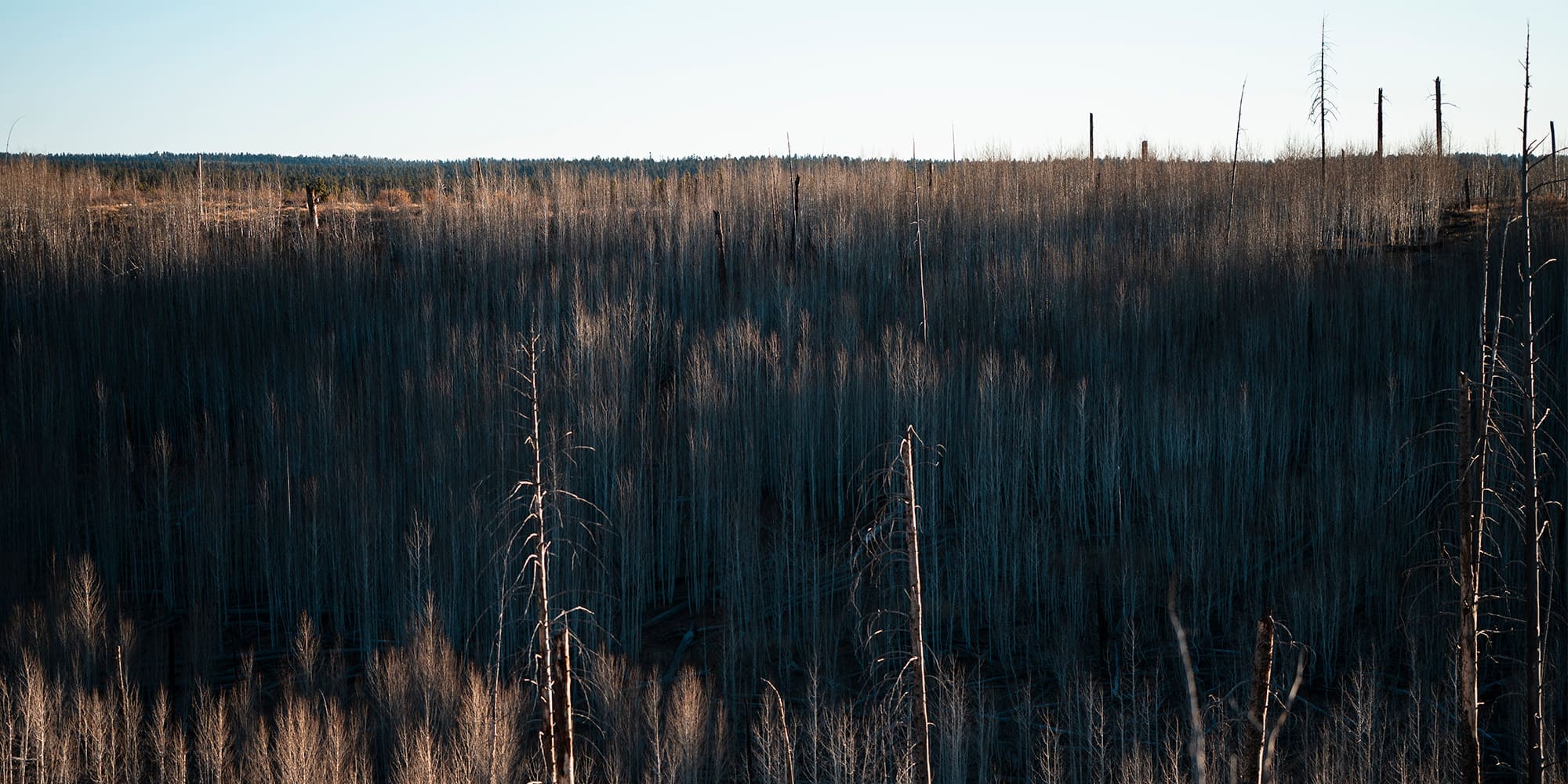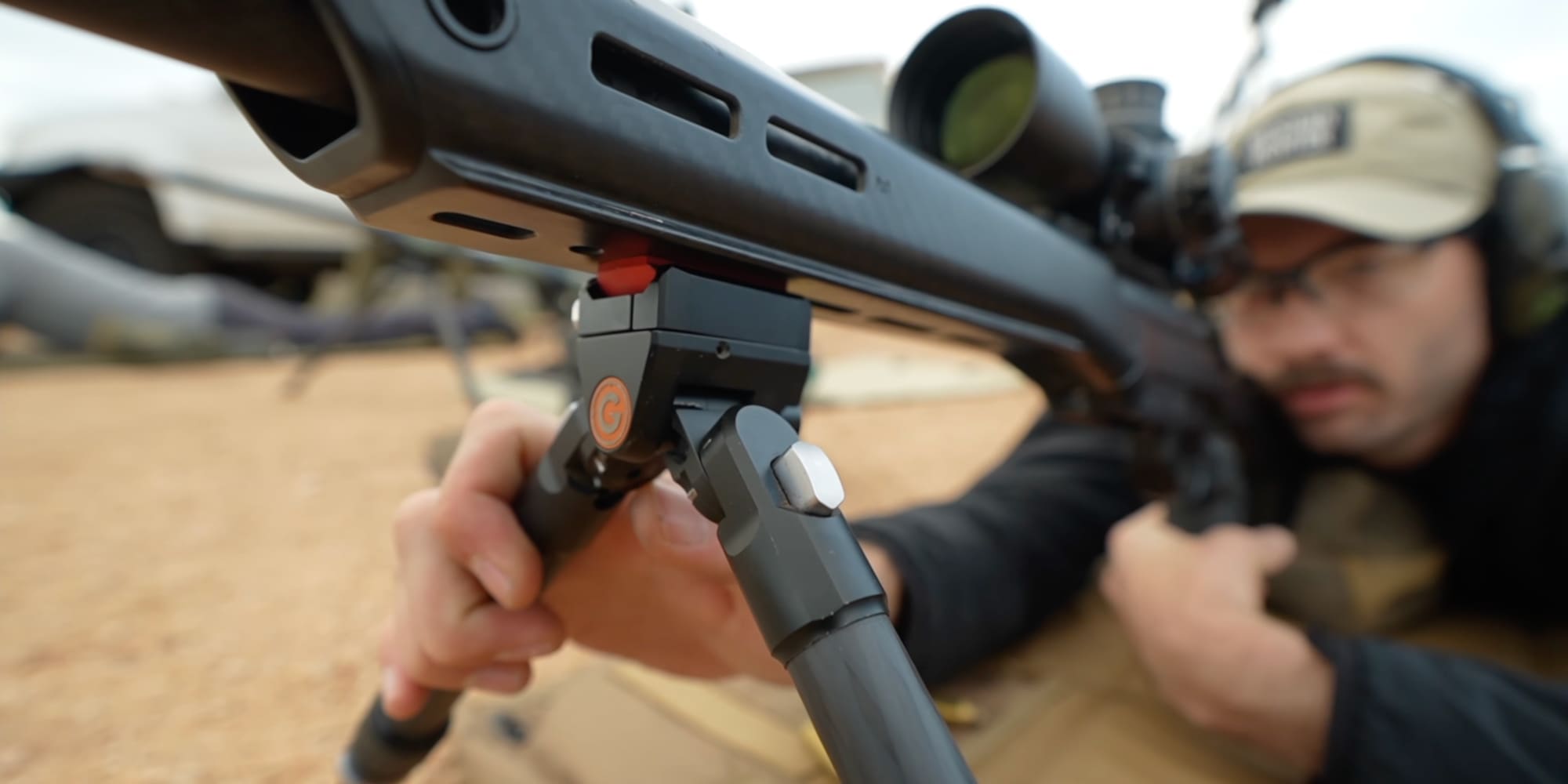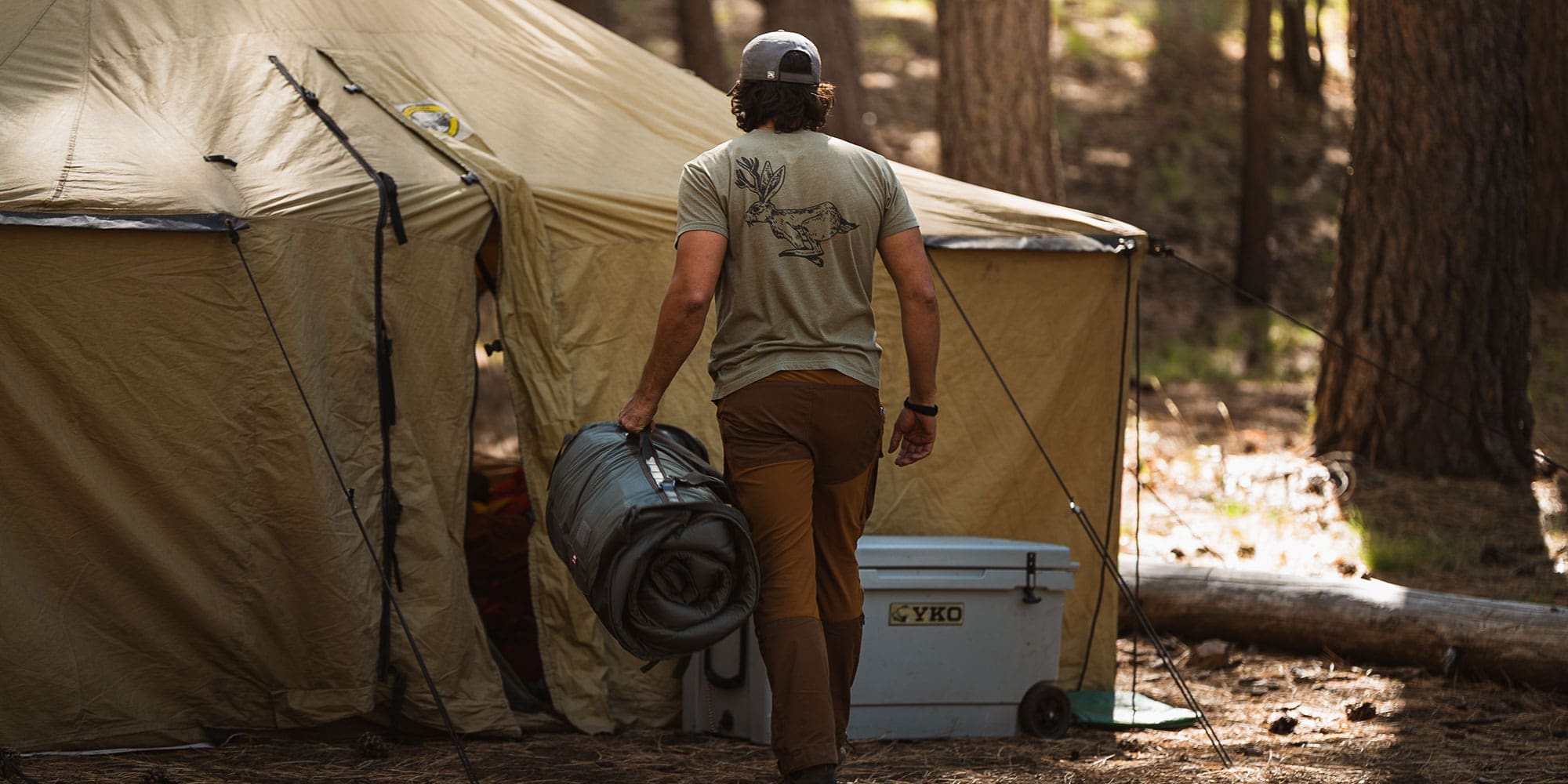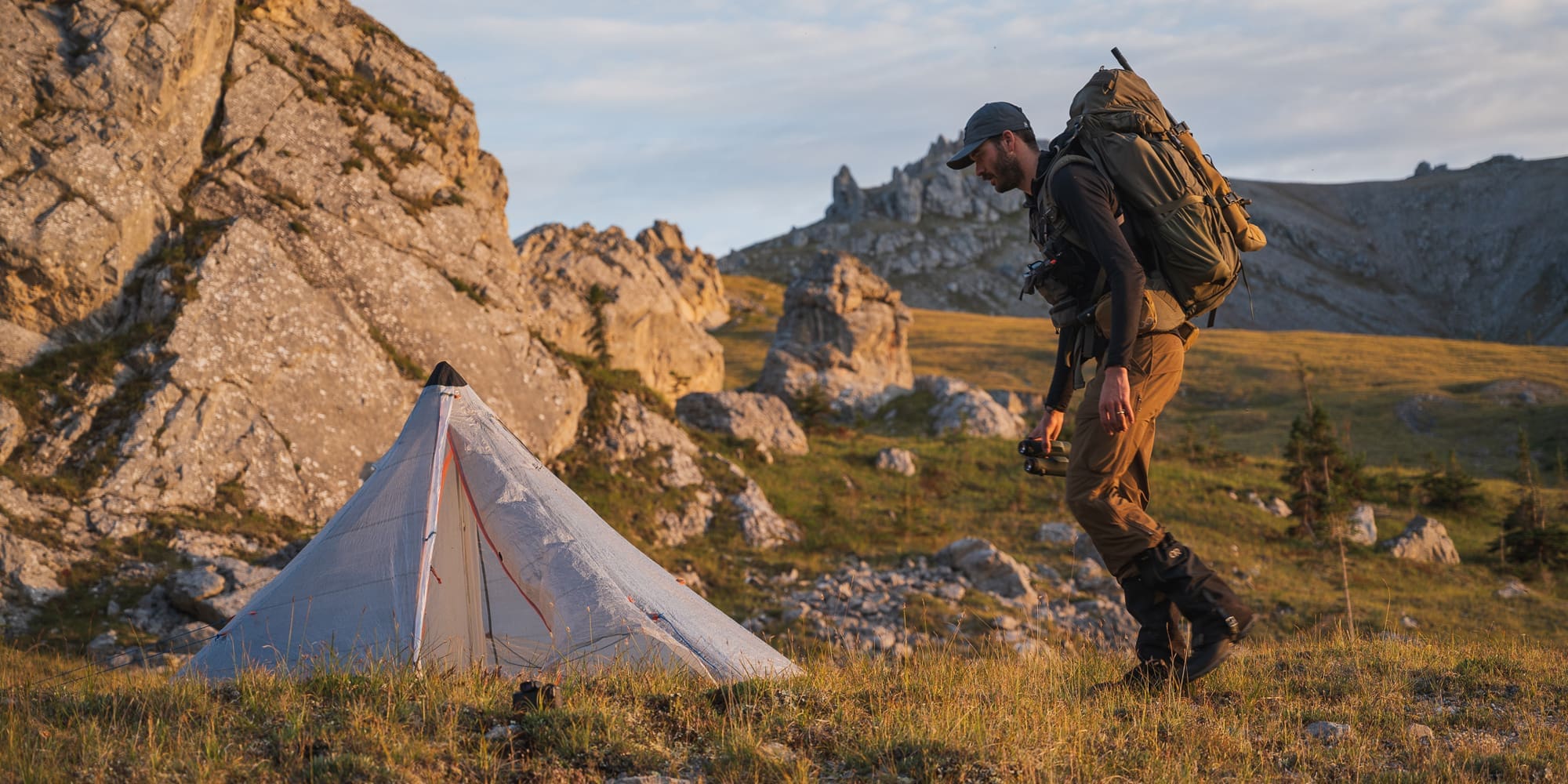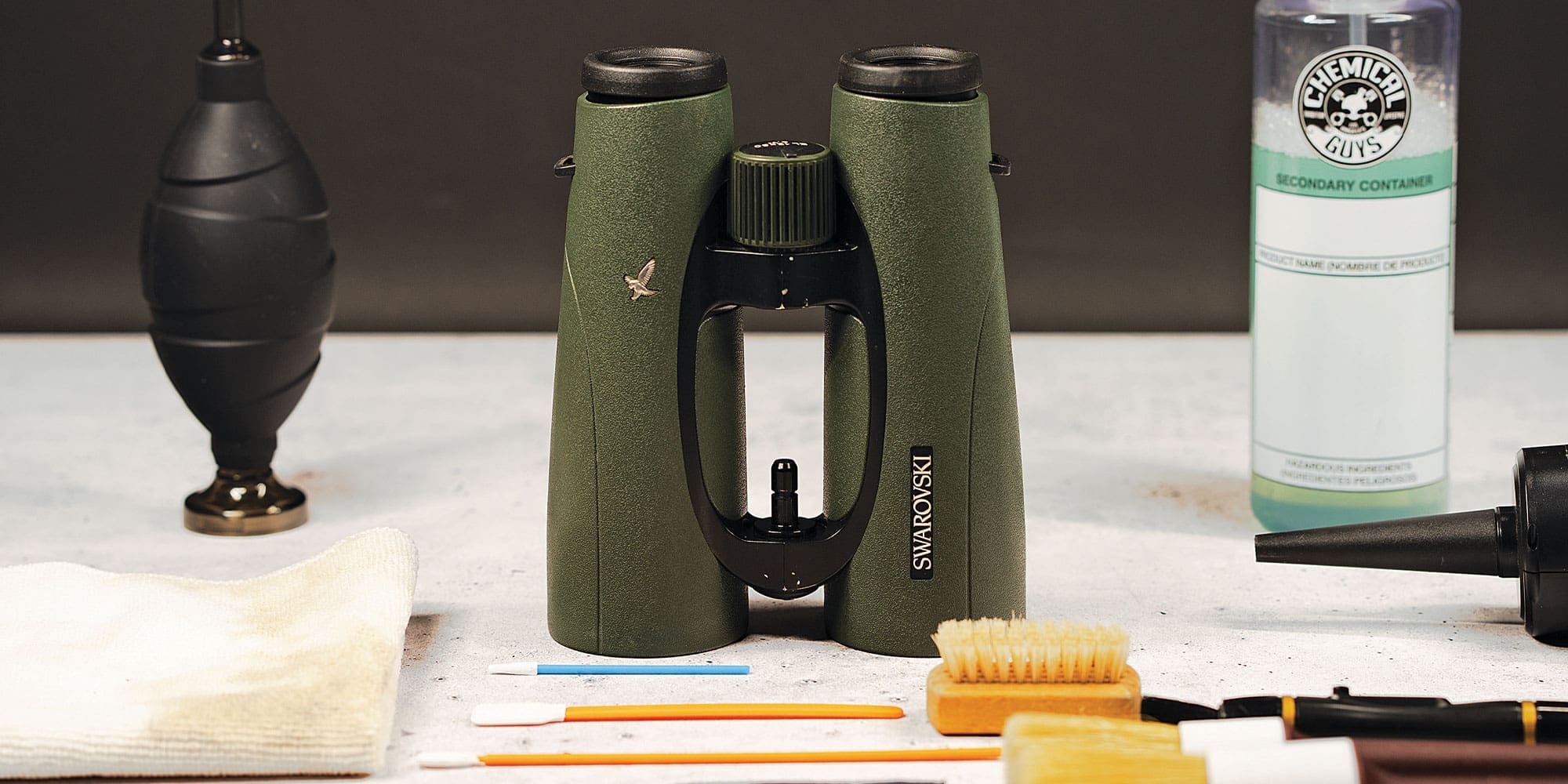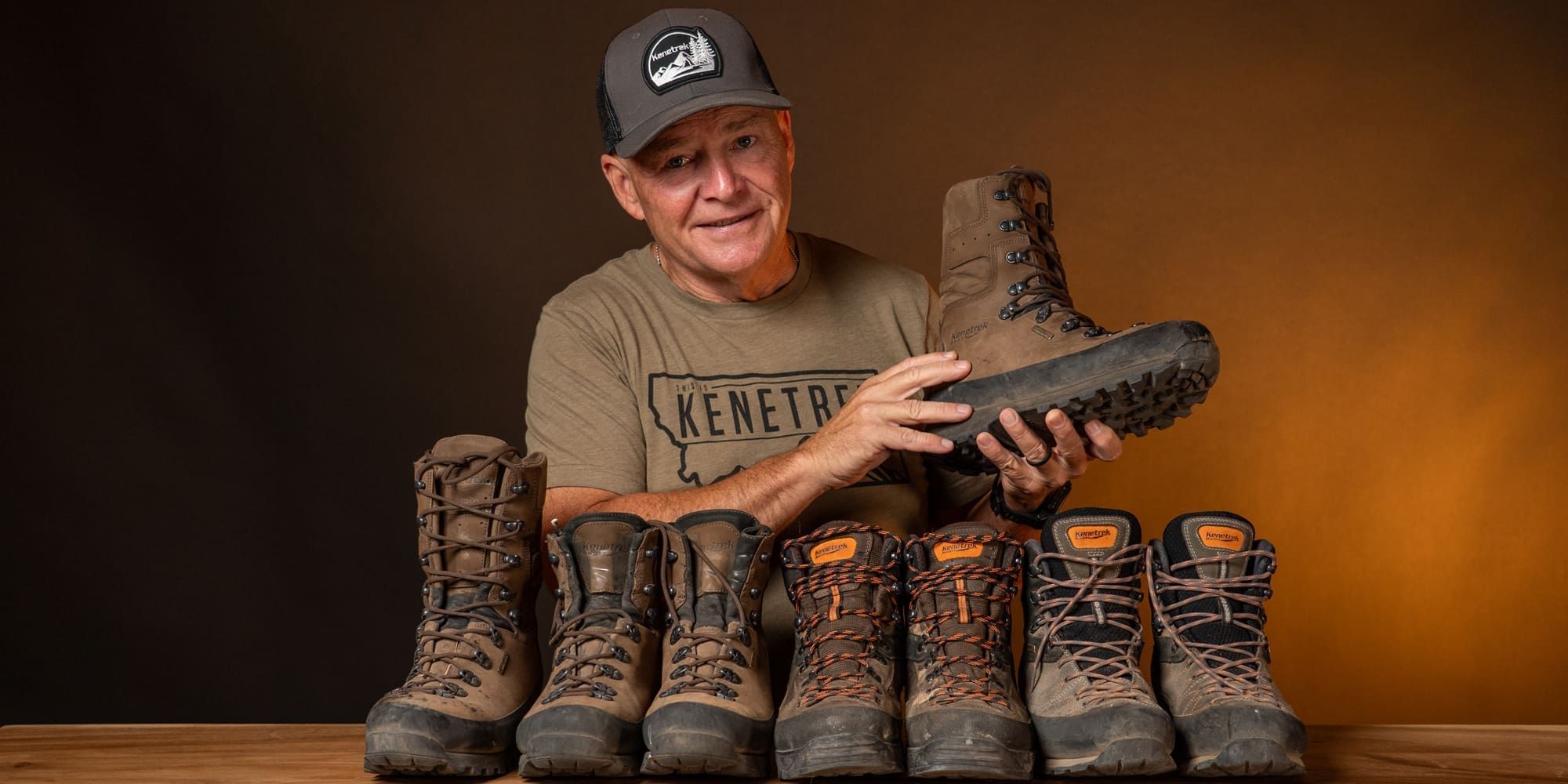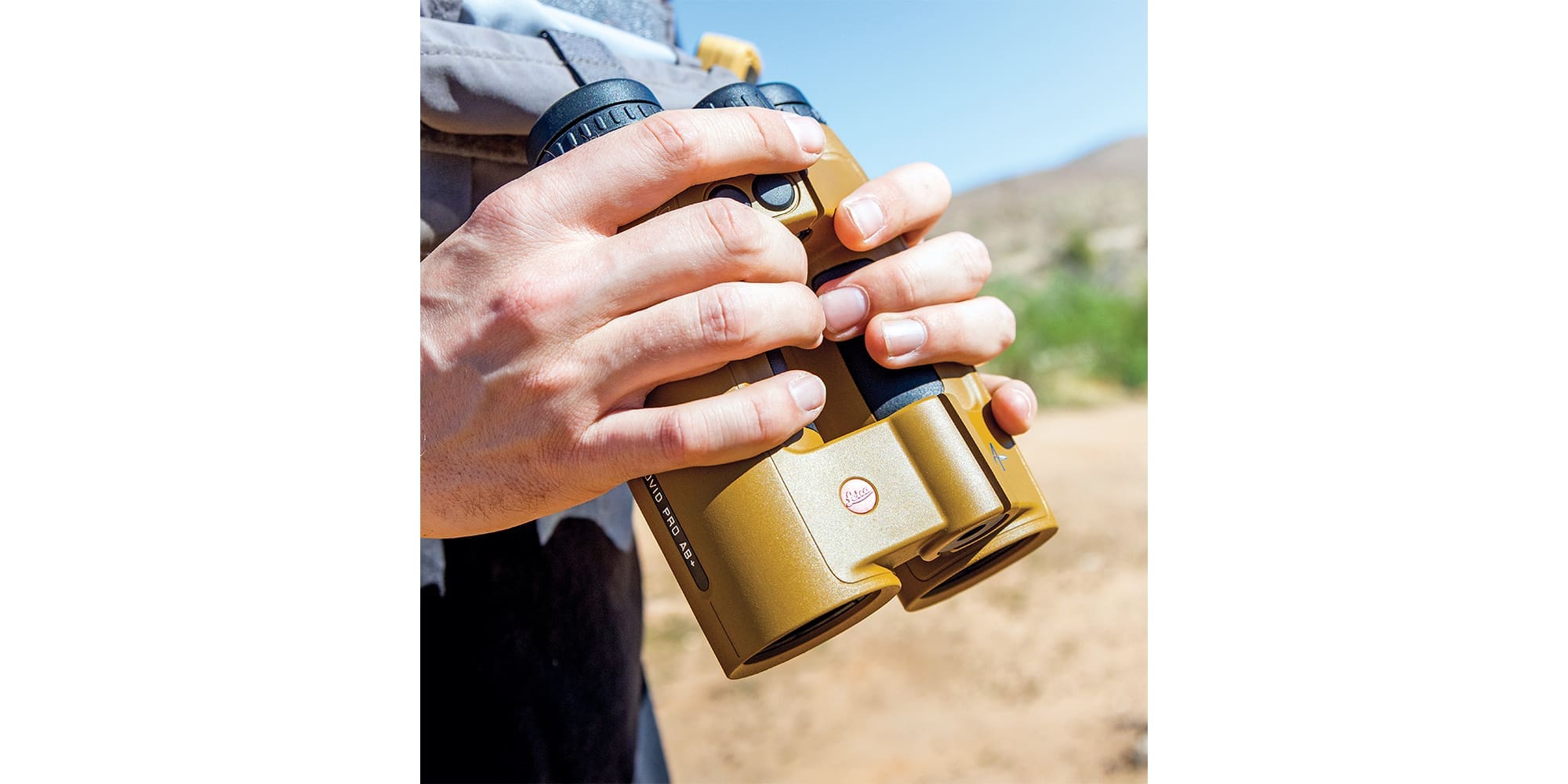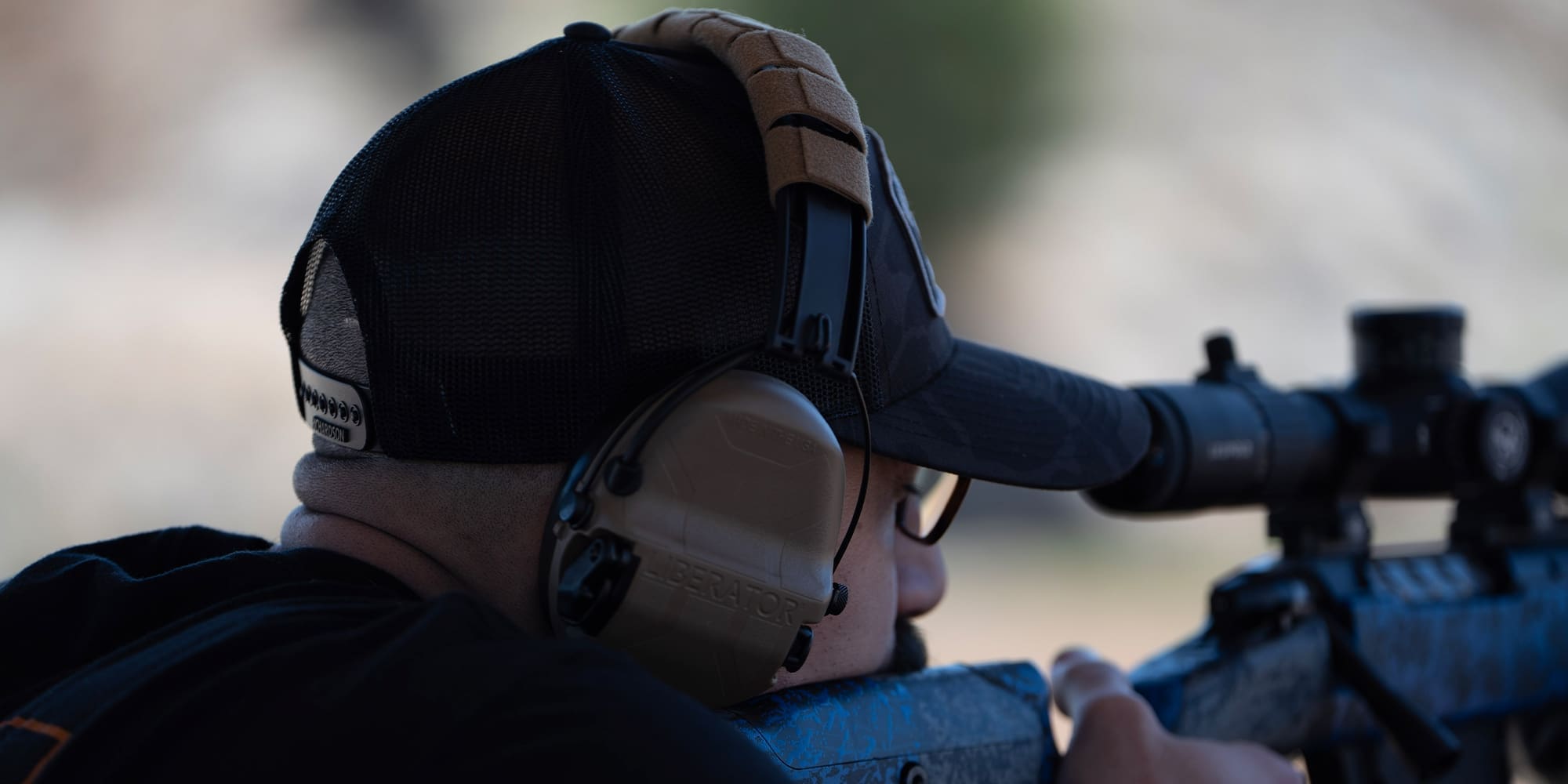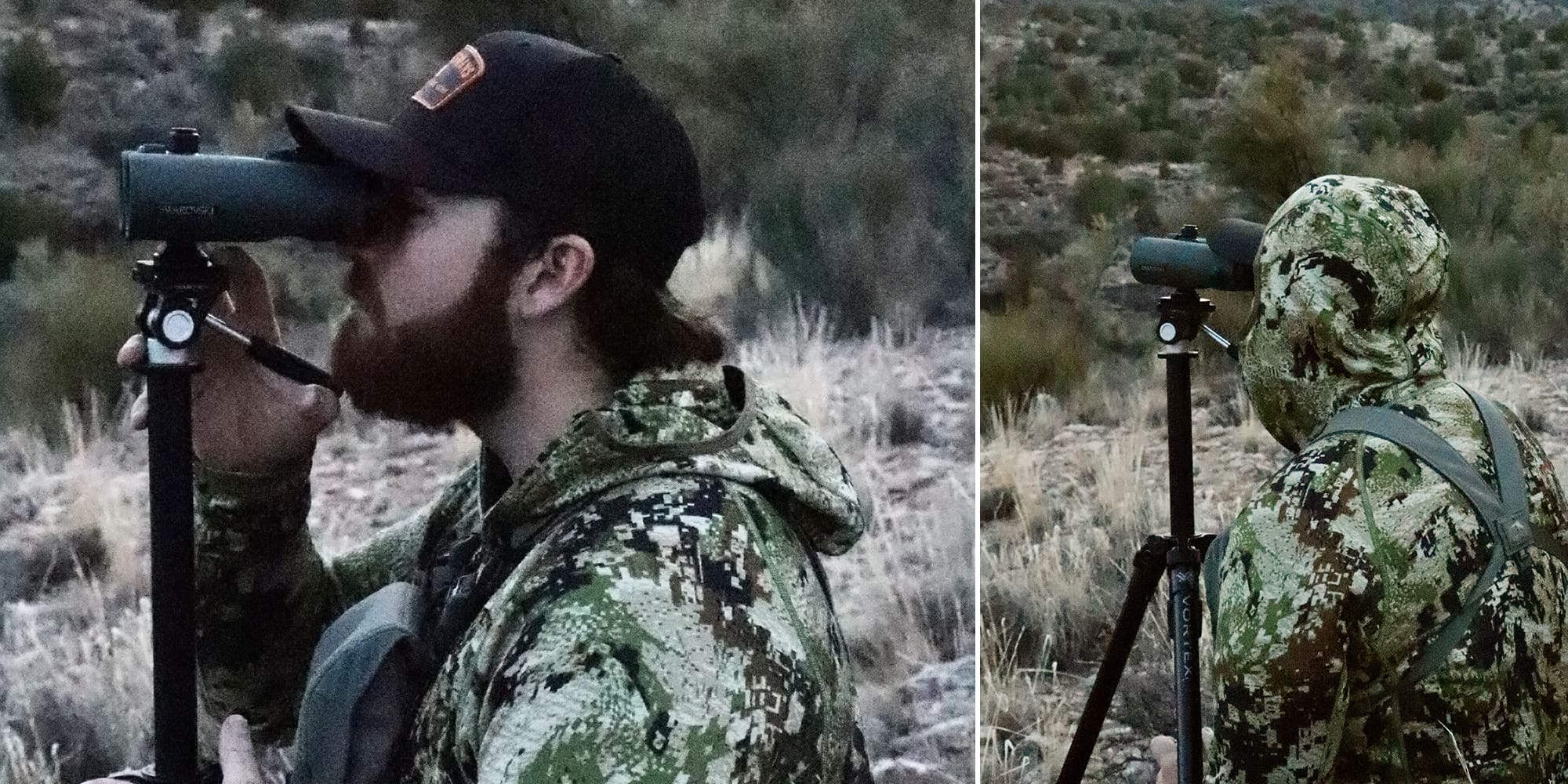
NOTICE: Certain links on this post may earn a commission for Western Hunter Magazine from Amazon or our other affiliate partners when you make a purchase. Thank you for your support.
Sitka Heavyweight Hoody Review
There is almost nothing worse than being underdressed on a late-season hunt. I experienced this on the Arizona Strip while helping on a Mule Deer hunt one November. I was cold to the bone almost the entire week, and I fell ill because of it. I chalked this out to the fact that I did not have an adequate insulation system. I immediately upgraded my clothing systems and landed on the Sitka Heavyweight Hoody for an active insulation mid-layer. Since then, It's been one of my favorite pieces of gear.
In milder, early-season weather, I use the Heavyweight Hoody as an outer layer. It’s impressively durable and has held up very nicely to the sharp thorns in Arizona and thick scrub oaks in Colorado and Utah. In colder, late-season conditions, I use it as an outer layer to hike to glassing points and then throw a puffy jacket over top for the long sit. The waffled synthetic insulation spreads out moisture and provides excellent layering when moving minimally. Since purchasing this piece, I have yet to be uncomfortably cold on any outing.
As much as I like the Heavyweight Hoody, there are a couple of things that I wish were different. Firstly, there are no front pockets. Even in the early season, mornings are brisk and I find myself constantly reaching for front pockets to warm my hands and find a comfortable position. I also use front pockets a lot for my frequently used items such as Elk or Turkey calls. Trying to find another safe, easy-to-access pocket for those items can sometimes be annoying. Secondly, the Heavyweight Hoody does not dry quickly and can easily get wet and heavy in light rain and snow. For how often I use it as an outer layer, a little bit of weatherproofing would be extremely beneficial.
Overall, the Sitka Heavyweight Hoody is an excellent insulated mid-layer choice for cold weather and a good outer layer for milder conditions.


